India has become the first nation to land on the lunar south pole, following the successful landing of its Chandrayaan-3 mission.
Indian Prime Minister Narendra Modi triumphantly announced "India is now on the Moon," following confirmation that the spacecraft had made a soft landing on the lunar surface.
"The sky is not the limit," Modi said.
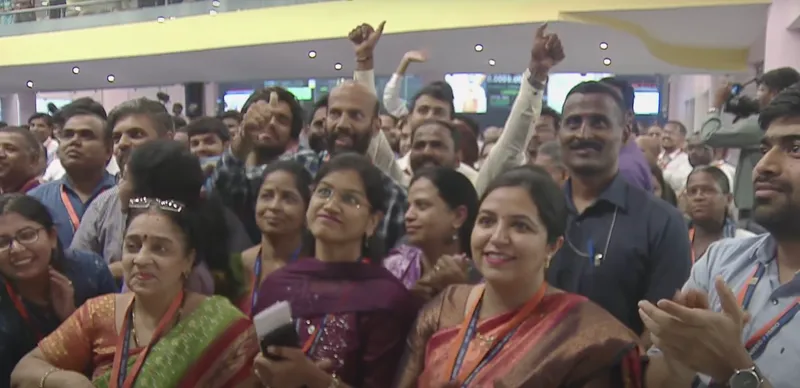
The control room erupted into scenes of joy and celebration as the Indian Space Research Organisation confirmed that Chandrayaan-3 had succeeded in its mission.
The news follows Russian space agency's Roscosmos's failed Luna 25 probe, which was in a race to beat India to an uncrewed moonlanding this week.
Luna 25 lost control of its orbit the day before it was due to land, eventually crashing on the Moon.
Chandrayaan-3's successful landing makes India only the 4th nation to have landed on the Moon, after the USA, the Soviet Union and China.
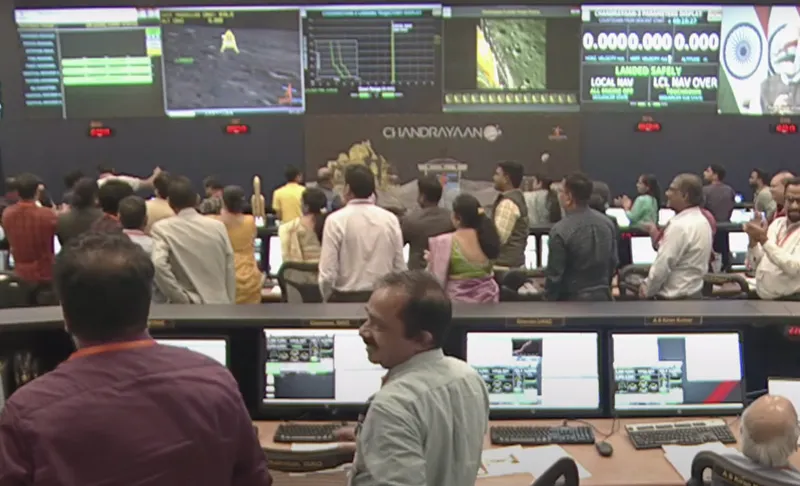
What is Chandrayaan-3?
Chandrayaan-3 is the first craft to land on the lunar south pole.
Chandrayaan-3 consists of the Vikram lander, named after Vikram Sarabhai who founded the Indian Space Research Organisation.
It carries on board a 26kg rover named Pragyaan, the Sanskrit word for 'wisdom'.
Both the ISRO’s Chandrayaan 1 and NASA’s Lunar Recconissance Orbiter spacecraft have both found evidence there may be water ice in the permanently shadowed craters of the region.
Water is a valuable resource for not just our scientific understanding of the formation of the Solar System, but also as a potential resource for future exploration.
How Chandrayaan-3 will explore the Moon
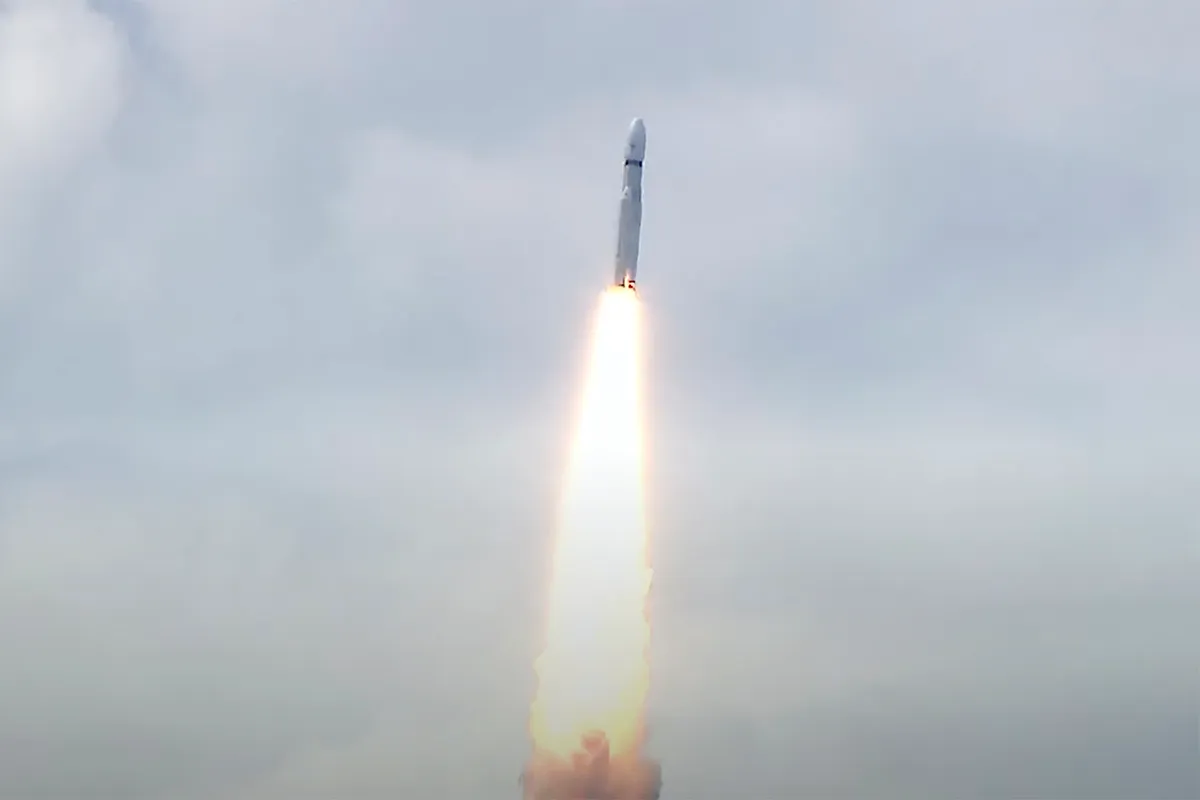
Chandrayaan-3 launched from the Satish Dhawan Space Centre in south India on 14 July 2023, reaching orbit around the Moon on 5 August.
Chandrayaan-3 It made its successful landing on the Moon on 23 August 2023.
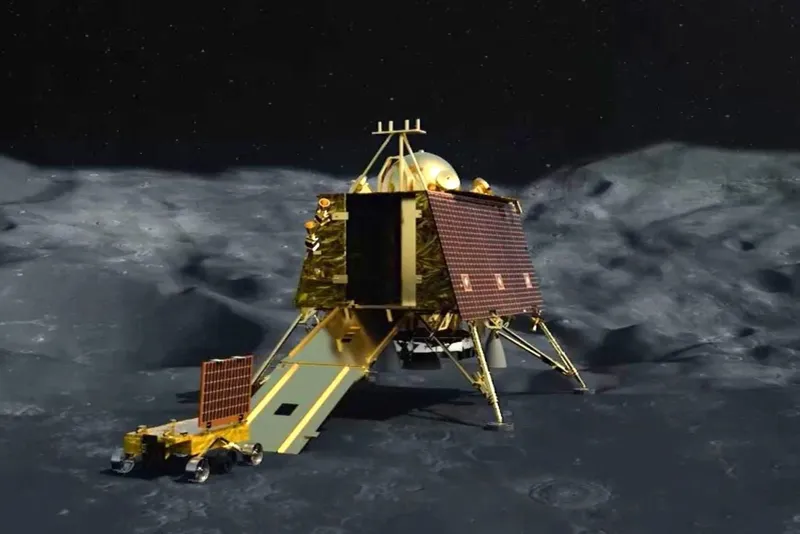
The mission is carrying five instruments that will help it investigate the physical characteristics of the Moon, explore its tenuous atmosphere (known as the exosphere) and look at tectonic activity beneath the surface.
Chandrayaan-3's Vikram lander and Pragyan rover will operate for one full lunar day, which lasts 14 Earth days.
But it is unclear whether the lander will be able to survive the lunar night without sun to charge its batteries.
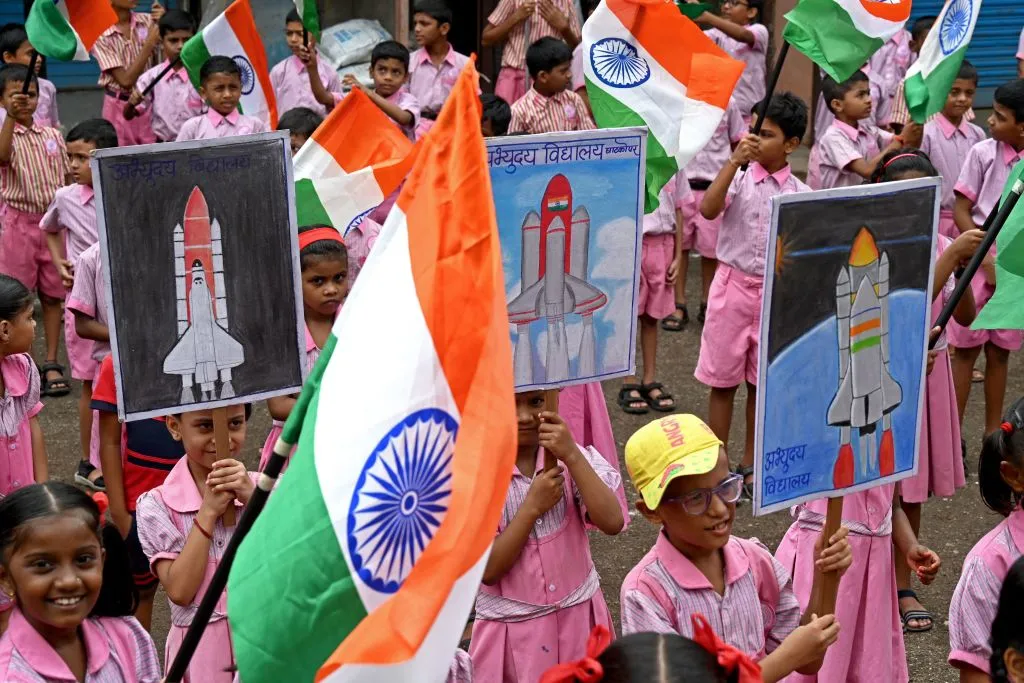
A new Space Race?
Interest in the Moon has grown in recent years, spurred on by NASA’s Artemis programme, which aims to land the first woman and first person of colour on the Moon by the end of the decade.
As a result, several missions have attempted to land on the Moon in recent years, but without success.
India previously attempted to land on the Moon in 2019 but failed during its descent stage.
The same year, the Beresheet lander from Israeli space company Space IL also crashed into the lunar surface when attempting to land.
In April 2023, Japanese company Ispace lost communication with its Hakuto-R lunar lander, its moonlanding resulting in failure after a miscalculation meant it ran out of fuel.
Had it been successful, it would have beaten ISRO to the accolade of first to the lunar south pole.
Private space companies Astrobotic and Intuitive Machines are also planning on their first lunar landing attempt, both currently scheduled in for November 2023.
How to re-watch the Chandrayaan-3 landing
You can watch the action as it unfolded at the link below, courtesy of the ISRO's YouTube channel.
